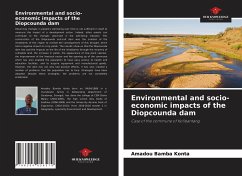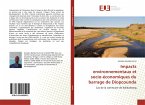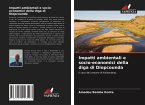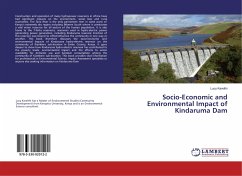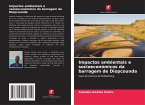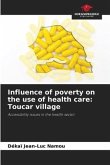Observing changes in people's well-being over time is not sufficient in itself to measure the impact of a development action. Indeed, other events can contribute to the changes observed in the well-being indicator. The construction of the Diopcounda anti-salt dam was the solution of the inhabitants of this region to combat the consequences of this drought, which had a negative impact on crop yields. The results show us that the Diopcounda dam has positive impacts on the life of the inhabitants through the recovery of cultivable land, the increase in yields, the appearance of new plant species, the improvement of the livestock sector and the opening up of the commune which has also enabled the population to have easy access to health and education facilities, and to acquire equipment and manufactured goods. However, the dam has not only had positive effects, it has also created a number of problems that the population has to face. Strategies have been adopted. Despite these strategies, the problems are not completely eradicated.
Bitte wählen Sie Ihr Anliegen aus.
Rechnungen
Retourenschein anfordern
Bestellstatus
Storno

